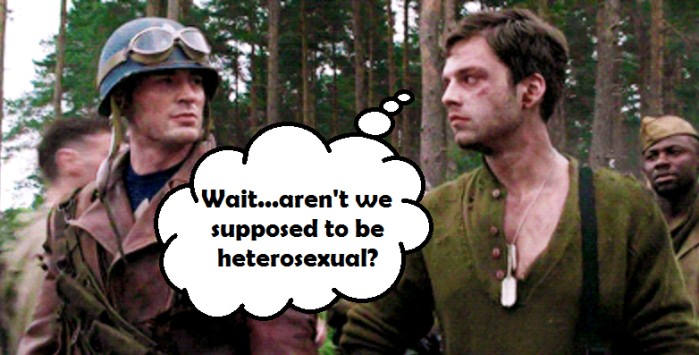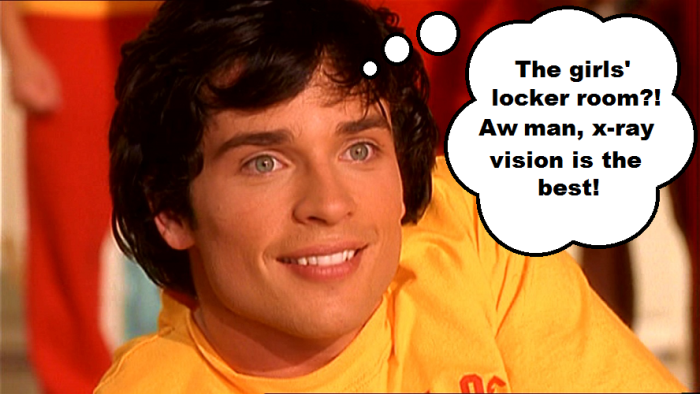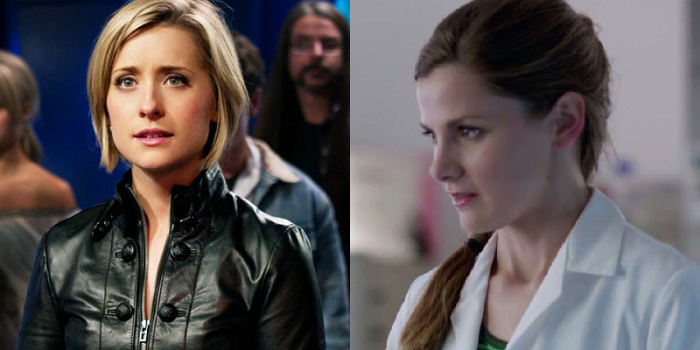(Crossposted from my LiveJournal)
I can’t believe it’s been five years since I began this odyssey of a fan fiction. I was so young. I was still in high school, I was a junior, and I was playing Paulette Bonafonte in our production of Legally Blonde: The Musical at the time. But “You Are Not Alone” has been the project nearest and dearest to my heart, and I’m glad I decided to write it, and I’m glad so many others have enjoyed it too.
Sam Tyler became a concept after I watched the first episode of Life On Mars, the UK version, starring John Simm. His name, as a lot of people pointed out, was a possible anagram for “masterly”, and since Rose Tyler was the first companion on Doctor Who, a seed of an idea was planted in my mind: what if the Master appeared earlier on? What if instead of running for Prime Minister, he was a shop clerk? What if instead of being found as a little old man at the end of the universe, he was found as a charming young man just perfect for the Doctor to adopt and fall in love with?
And “You Are Not Alone” was born.
I knew I wanted Sam to start out just like Rose: uncomplicated, unassuming, but immediately heroic and likable. Eventually, he would grow more and more similar to his true identity, revealing deeper layers of brilliance as the story went on and Sam was exposed to more of the Doctor’s life. But in this first story, Sam is nearly identical to Rose Tyler. A lot of people complained about this, but most were patient, and rewarded with Sam’s character arc.
So YANA is not a crossover with Life On Mars, I would like to say off the bat, but I did borrow characters and names from the show when starting the story. Sam Tyler, obviously, and his girlfriend, Annie Cartwright. Plus the name of the shop Rose worked in was changed from “Heinrik’s” to “Hunt’s”, for Gene Hunt, Sam’s boss.
The beginning of “Rose” is so memorable. Mannequins, especially the faceless ones like the ones in that department store, are so creepy. Russell T. Davies is the king of writing one-offs, if you ask me.
So we begin with Sam getting locked inside the basement. The Autons are stalking after him. And then-!
“Run!”
Enter the Doctor, the dashing hero!
I love the Ninth Doctor so much. I weep that there was only one season of Christopher Eccleston, but I do respect his stance on the treatment of crew members and I applaud him for standing up. I can’t help but wish that he would return for a multi-Doctor episode. Can’t you just see how f**king amazing his Doctor would have fit in with Ten and Eleven in “The Day of the Doctor” special?!
So the Doctor rescues Sam and they make their escape. Nine is so damn handsome, to be honest. Everyone always drools over David Tennant and Matt Smith, but everyone looks over Christopher Eccleston. It’s really not fair.
The Doctor tells Sam to get out, and he does, and the shop blows up. Sam goes home and goes to bed. I added in a sidenote about Sam being “allergic” to aspirin because aspirin is toxic to Time Lords–foreshadowing, heh heh! Then Sam falls asleep and has a romantic dream about the Doctor and the Master’s young selves, Theta Sigma and Koschei.
A lot of people commented at this, asking if I somehow knew the Doctor’s real name. I and a few other seasoned Whovians kindly explained to them that Theta Sigma had been the Doctor’s nickname at the Time Lord Academy.
I also got several comments saying this was the best Doctor/Master fan fic they’d ever read…apart from this other one. Guys, don’t ever tell a writer something like that, it’s a big hit to the ego to hear that you’re the second best. Just say the story is good and leave it at that.
The next chapter we’re introduced to Mickey, I mean Annie. I actually really love Annie and I wish I could’ve given her a bigger role in the story. But, since this is about the Doctor and the Master, her part is small. If anyone hates Annie, I think it’s undeserved. It’s not her fault I underwrote her. She does become somewhat of a hero in the end. Anyway, Annie has been worrying about Sam all night, since Sam is a dingus who forgot about their date. Her worry isn’t unfounded. She cares about Sam, after all.
The Doctor then appears, and here we have one of the funniest scenes in DW, with the Doctor rifling through items in Sam’s living room, reading a book at high speed, commenting on a celebrity couple in a magazine (that the man is gay and the woman’s an alien), scattering playing cards all over the room, and commenting on his satellite dish ears in the mirror. Then there’s some sexy falling on top of each other when one of the Auton’s arms attacks them both, and Sam has another flashback. This will become common as he spends more time with the Doctor. Sam really is thick for not figuring out that he’s really the Master. But then again, he doesn’t learn of fob watches until later, so maybe it’s not so absurd after all.
I have to comment on the Drums™ here. I really hated this plot point when I watched DW the first time, especially when I got into Classic Who. There’s no evidence of the Drums™ haranguing previous Masters, so why is this suddenly an issue now? The Classic Masters did evil shit because they enjoyed it. This whole “poor Master, he was just tortured his whole life” concept is woobie-ifying and undignified for an antagonist of the Master’s caliber. Sure, Anthony Ainley and Eric Roberts’ Masters were pretty insane, but that was more a product of being trapped in non-Time Lord bodies, their life forces being strained beyond their limit. Roger Delgado’s Master certainly wasn’t a victim of the Drums™. This retcon is really annoying. I had to work out early on how I would justify this dumb McGuffin in my version of the story.
Oh yes. I planned much of the story out when I first began writing it. After I realized people really were interested and I was garnering a lot of readers, I knew I would have to give them a well thought-out epic, with plenty of foreshadowing and connections throughtout. I didn’t expect a lot of people would like my story because at the time, I believed I was an oddity for seeing erotic subtext between the Doctor and the Master. Turns out, there were plenty of people like me out there.
The Doctor leaves again, Sam decides to investigate him in depth, Annie is abducted and copied as a rubber girl, attacks Sam and the Doctor, and Sam comes inside the TARDIS for the first time. It’s a magical moment. Sam gets upset about the supposed death of his girlfriend and the Doctor’s callous reaction to it. Again, even though Sam really does fling her aside for a life of traveling with the Doctor, he honestly does care for her. He’s just preoccupied. They’re much better as friends than as partners.
The Doctor and Sam trace the Autons back to an underground boiler room, where the Nestene Consciousness is camped out. I thought it was incredibly poignant that the first villains the Doctor and Sam face together are the Autons, since the Master used the Autons to invade England in his introductory story. How poetic that the Master would unwittingly help the Doctor defeat them in their first adventure together as traveling companions rather than friendly foes. Sam discovers he can hear the Nestene Consciousness on a psychic level, giving us more hints that he is not all that he seems. The audience already knows who Sam really is, but the real attraction is watching Sam’s slow discovery. Another flashback shows us the Master and the Doctor in their first (televised) battle of wits, again, showing us the irony of the Doctor and the Master now facing the Autons together.
The Doctor gets in trouble and is incapacitated by the Autons, but Sam officially takes up his role as the Doctor’s right hand man, rather than just some guy along for the ride, and leaps in action, saving the Doctor. The Nestene Consciousness is accidentally dissolved and the Autons fall back into inanimation. The day is saved.
Sam and the Doctor make their goodbyes, but then, the Doctor has second thoughts and returns, offering to take Sam on as his companion. Sam eagerly agrees and runs into the TARDIS, ready for adventure. One last flashback shows us that Koschei was seemingly abandoned by Theta in their youth, which spawned the beginnings of the Master’s hatred for the Doctor. His anger stemmed from heartbreak, and his grief spiraled into mania over the hundred years that Theta was missing. But more of that later on.
And that’s the first adventure. The Master is in the TARDIS, and the seeds of a romance are planted.





